Cardio can reduce the appearance of varicose veins, but only temporarily
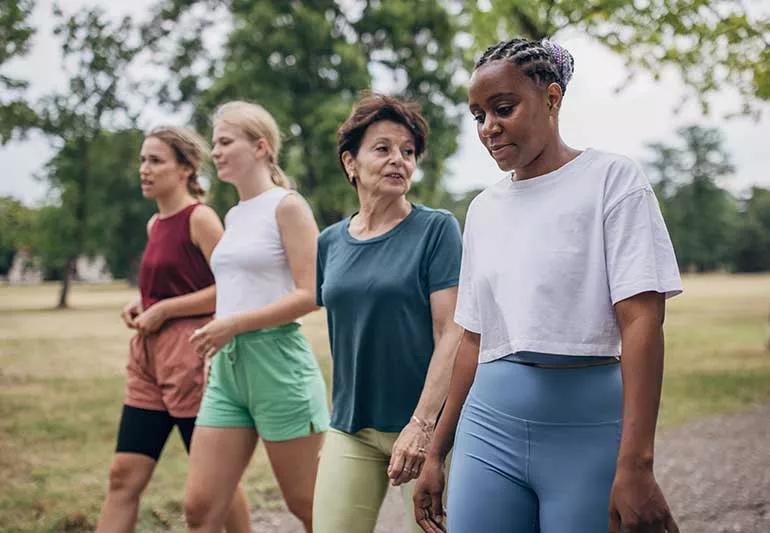
Varicose veins are very common: Approximately one-third of all adults have them. And odds are, most of those people find them annoying.
Advertisement
Cleveland Clinic is a non-profit academic medical center. Advertising on our site helps support our mission. We do not endorse non-Cleveland Clinic products or services. Policy
And for good reason! Varicose veins can cause pain, itching, swelling and even skin ulcers. In severe cases, they can make it feel like you’re wearing cement blocks for shoes. For some people, the medical concerns take a backseat: It’s the way varicose veins look that’s most upsetting.
If you search the internet for varicose vein “quick fixes,” you’re going to run into a lot of terrible advice. But you’ll also find some advice that’s semi-true. For example, you’ll see some less-than-credible sources argue that all it takes is a little exercise to make those bulging veins sink back into your skin. But that’s not true. Or, at least, it’s not the whole truth.
Vascular medicine specialist Meghann McCarthy, DO, helps us sort fact from fiction.
According to Dr. McCarthy, varicose veins are usually a signal that there’s a problem with venous circulation — that is, the way your veins carry blood from your heart to the rest of your body.
“The veins have to fight against gravity to move that fluid back towards the heart,” Dr. McCarthy says.
To make sure the blood moves in the right direction, she explains that our veins have little V-shaped valves in them. A varicose vein develops when those valves either don’t close all the way or don’t close fast enough.
Advertisement
“If the valves aren’t closing,” Dr. McCarthy continues, “gravity can make the blood go backward, toward the feet. Over time, that can cause swelling and discomfort. It can also cause you to develop varicose veins.”
You’ll know if you have a varicose vein because they’re visible to the naked eye. They usually look like lumps, bumps or ropey nodules underneath your skin. Depending on its size and where it’s located, a varicose vein can also have a blue-green appearance. You may also have venous leg ulcers, which are sores that stubbornly refuse to heal and require medical attention.
Varicose veins develop for many reasons. Here are some of the most common:
For some of us, varicose veins are no big deal. Others are bothered by the physical symptoms they cause, their appearance of the veins, or both.
Unfortunately — unless they have to be removed — we’re stuck with the (bumpy) veins we’ve got. Luckily, getting regular exercise may temporarily improve both the appearance and symptoms that come with varicose veins.
To be clear: Varicose veins don’t disappear with exercise. As Dr. McCarthy puts it, “Once the veins are there, you can’t really reverse them, so they’ll always be there.”
But while the varicose veins won’t go away, that doesn’t mean exercise won’t help.
“Exercise can help with symptoms from the veins, and it can also temporarily decompress them,” Dr. McCarthy notes.
The key word there is “temporarily.” Exercising helps push the blood out of the veins, but they’ll eventually fill up again.
As you might have expected, the best exercises for reducing the appearance and unpleasant symptoms of varicose veins fall into the “cardio” category.
“Regular walking is probably the biggest thing I recommend to people,” Dr. McCarthy says. “The veins run inside of your calf muscles. Pumping your calf muscle, which you do every time you take a step, helps squeeze the vein shut temporarily, pumping the blood in the right direction: Back toward the heart.”
When you do a calf raise, you’re using that all-important muscle to raise your feet off of the floor. It should feel sort of like you have an invisible pair of high heels on! You can do calf raises from a seated or standing position. According to Dr. McCarthy, calf raises are especially helpful if you’re not able to walk.
Advertisement
Ankle pumps are one of those great exercises that you can do while you’re watching a movie, sitting at your desk or even lying in bed! Using your ankle, arch your foot so it’s pointing toward the ceiling. Then, point your toes. It should look kind of like you’re pushing a pedal. Do that repeatedly to get the blood in your leg moving a bit faster! Like calf raises, these exercises are great for many people with mobility impairments.
“Swimming is easier on the joints, especially if people have arthritis,” Dr. McCarthy notes. That’s important because aging can cause both arthritis and varicose veins.
Swimming is a great, low-impact exercise … but wait! There’s more!
“The water also acts kind of like a natural compression sock,” Dr. McCarthy adds, “So, you’re not only getting the pumping motion when you’re swimming, but the water is also compressing the veins. So, you’re getting double the effect.”
We know that exercise is vital for keeping our heart and vascular system healthy. So, it’s no surprise that Dr. McCarthy doesn’t think any exercises should be off the table completely. But she’s also very clear that — when it comes to reducing the appearance and symptoms of varicose veins — not all exercises are created equal.
Advertisement
Exercises that cause you to strain or bear down, like you might when lifting heavy weights or squatting, can increase your blood pressure. You don’t want more pressure on a varicose vein.
“I like to think about it this way: You know how some bodybuilders have really dilated veins? That’s we’re trying to avoid,” Dr. McCarthy states.
Exercise can’t “cure” varicose veins, but certain kinds of cardiovascular exercises can temporarily reduce their appearance, as well as symptoms like pain and itching. Cardio is also good for whole body health, so it’s a win-win!
Walking, swimming, aerobic exercise, ankle raises and calf raises are particularly good for your circulation. Avoid physical activities that put more pressure on your legs, like squatting or powerlifting.
Advertisement
Learn more about our editorial process.
Advertisement

At-home treatments and lifestyle changes may help ease the symptoms and improve the appearance of varicose veins — but they aren’t a cure

Regular exercise, an iron-rich diet, adequate sleep and bedtime routines that include a warm bath or massage may help with your kid’s RLS
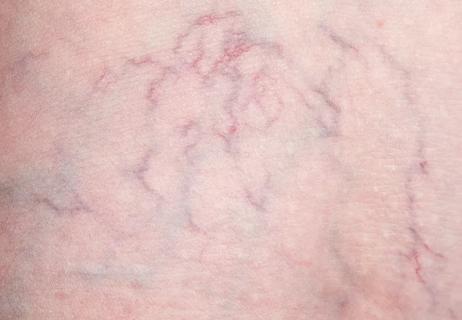
Unlike varicose veins, spider veins don't necessarily indicate poor circulation
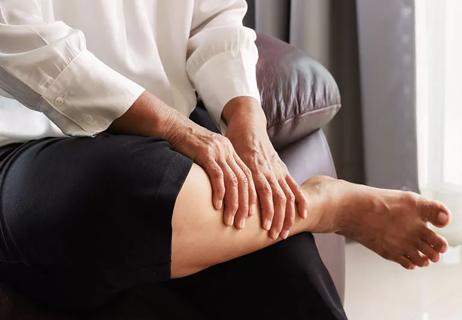
It could be your feet need a rest, but swollen legs may also be a sign of a serious condition
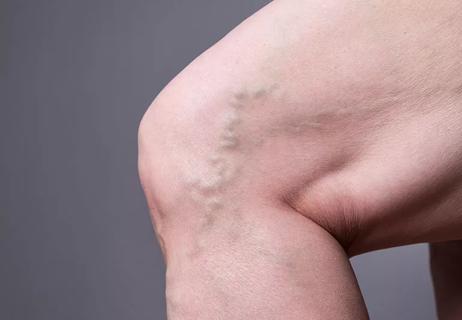
Some symptoms should be taken seriously
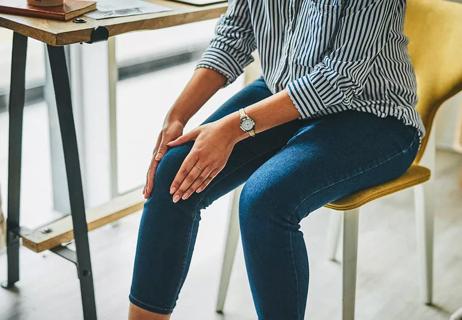
Pain may signal a damaged nerve or herniated disk
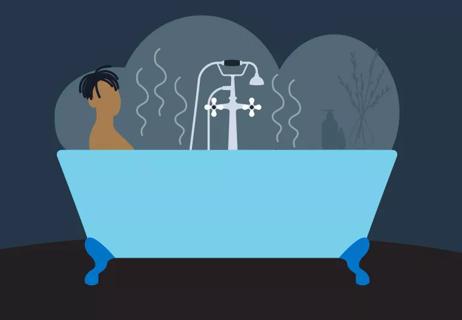
Strategies for getting the sleep you need
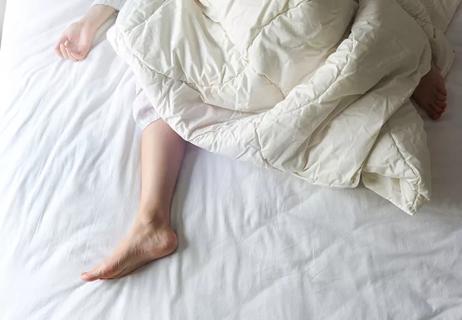
The short answer from an interventional cardiologist

The best parenting style balances enforcing rules and showing plenty of love

Tips include cutting back on sugar, focusing on exercise and managing stress

It can be harder to let go when you’ve invested time, energy and emotions — but it might be the healthier choice long term